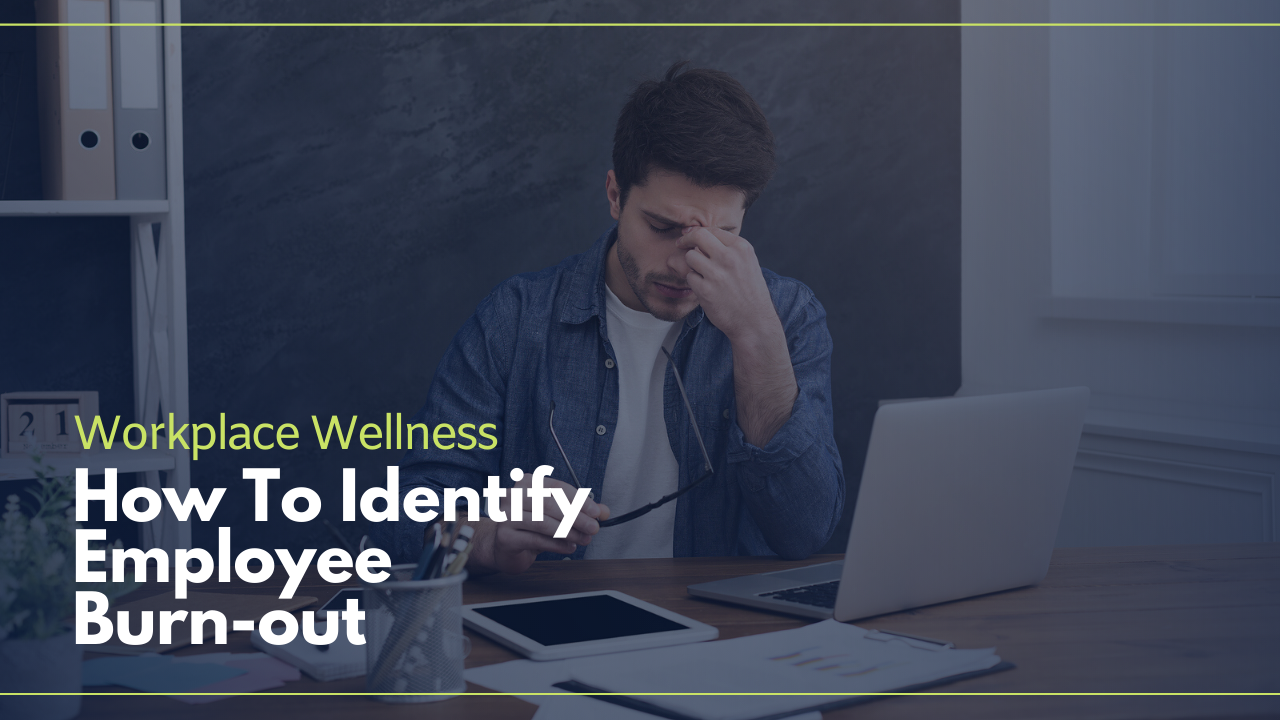- New research suggests that workplace stress is on the up and it’s being compounded by the pandemic.
- It is very important for leaders to listen deeply to their team members and focus on meeting their needs.
- The onus is on employers, not individual workers, to manage workplace stress — even if the workplace is at home.
If you’re experiencing burnout at the moment, know that you’re not alone.
Workplace stress is on the up and it’s being compounded by the pandemic. Business uncertainty and the constant need to adapt is giving rise to higher levels of burnout, according to a recent survey by New Zealand-based Frog Recruitment.
Out of 900 workers, 64% of respondents say they are feeling more burnt out at work now than before the lockdown.
Organisational psychology expert Jane Davis from The Flourishing Institute also highlights that research is emerging internationally, showing that there are increases in anxiety, depression and post-traumatic stress due to Covid-19.
What is burnout?
Burnout is a phenomenon that is specifically linked to work.
Although it’s not a medical condition, The World Health Organisation classes it as an occupational phenomenon, including a definition of the term in the 10th Revision of the International Classification of Diseases and expanding on it in the recent 11th edition.
WHO’s description of “burn-out” in the ICD-11 is as follows:
“Burn-out is a syndrome conceptualized as resulting from chronic workplace stress that has not been successfully managed. It is characterized by three dimensions:
- feelings of energy depletion or exhaustion;
- increased mental distance from one’s job, or feelings of negativism or cynicism related to one’s job; and
- reduced professional efficacy.
Burn-out refers specifically to phenomena in the occupational context and should not be applied to describe experiences in other areas of life.”
Why are we experiencing higher levels of burn-out?
Frog Recruitment’s Business Relationship Director, Jane Kennelly, explains that both employers and their managers might be feeling more pressure to over-perform. Habits like working from home and longer hours have led to a blurring of the work-life boundary.
“We have heard from clients whose sleep patterns have been disrupted, eating and drinking are on the up, and balance has become a thing of the past,” says Kennelly, adding: “It’s time to think about restoring the balance. To successfully thrive in our new world order that may mean working from home and the office, it is essential to plan a sustainable work and life flow.”
“Burnout seems to be more prevalent and many employees are experiencing fatigue and exhaustion due to prolonged stress,” explains Davis.
“Right now, it is very important for leaders to listen deeply to their team members and understand their personal situations. Focus on meeting their needs; particularly the psychological need to feel competent, the need for control, and social needs”.
What can employers do to combat burnout?
Although there are things people can do to ease their own feelings of burnout, such as setting boundaries and allowing time to disconnect, the onus is on employers, not individual workers, to manage workplace stress (even if the workplace is at home).
Here are 5 key strategies Frog Recruitment suggests for overcoming burnout.
1. Acknowledge the situation
Accept that the last few months have been tough, with many employees having to make difficult decisions and employers having to work longer hours (in some cases with reduced resources).
2. Spot the signs
Burnout doesn’t happen overnight. It could begin with commitment to the job, an urge to prove oneself and high levels of productivity despite feelings of stress creeping in.
Workplace stress indicators can include:
- Lower energy levels
- Reduced motivation
- Headaches
- Fatigue, irritability and frustration
3. Implement prevention strategies
It’s important to identify those most at risk of burnout, including overachievers, working parents and “yes” people. Companies should create strategies at an organisational level before personalising them for individuals.
“Set reasonable and realistic expectations. Be clear as to which activities require the highest standards and when it is okay to lower the bar and still meet business needs.”
4. Leaders leading the way
Managers must lead by example by encouraging breaks and physical activity. Even something as seemingly as innocuous as sending an email outside of work hours can create a vicious cycle of being “switched on” at all times.
5. Design a recovery plan
Celebrating successes, considering the allocation of tasks and prioritising workloads should all play a part in your burnout recovery plan.
The World Health Organization is developing evidence-based guidelines on mental wellbeing in the workplace. In the meantime, here are some useful resources for learning about bur-out and how to keep it at bay.


 Dr. Gleb Tsipursky – The Office Whisperer
Dr. Gleb Tsipursky – The Office Whisperer Nirit Cohen – WorkFutures
Nirit Cohen – WorkFutures Angela Howard – Culture Expert
Angela Howard – Culture Expert Drew Jones – Design & Innovation
Drew Jones – Design & Innovation Jonathan Price – CRE & Flex Expert
Jonathan Price – CRE & Flex Expert












